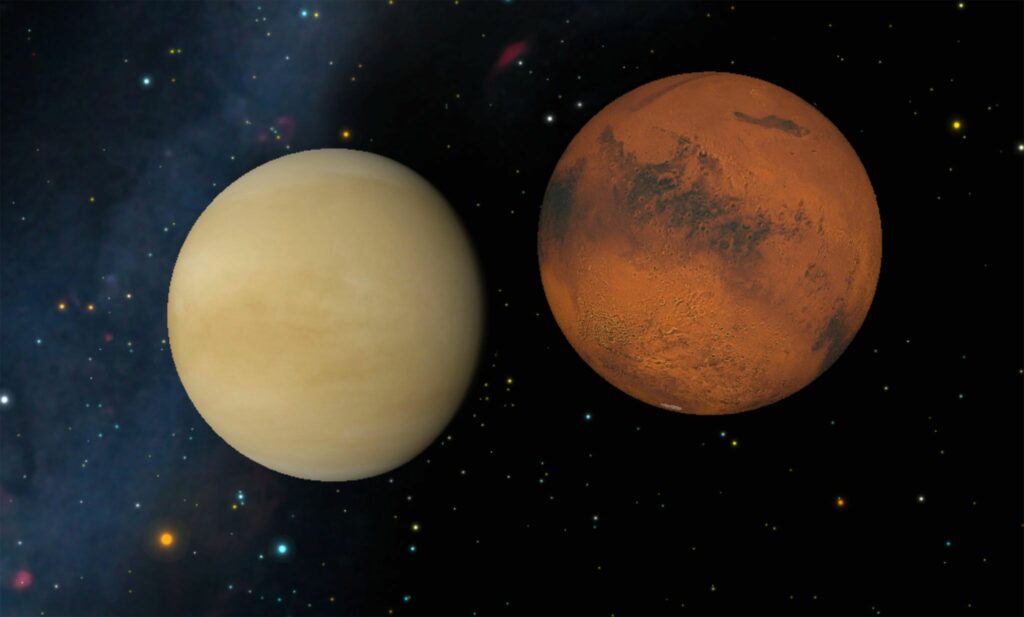Life, as we know on earth, is dependent on a number of things including the temperature of our planet. But what makes the temperature of earth perfectly habitable but the atmosphere of other planets, even those in our solar system such as Mars, harsh and uninhabitable?
Scientists have outlined four basic ingredients responsible for maintenance and moderation of atmospheric temperature: atmospheric composition (gases which constitute atmosphere of a planet); atmospheric density; water content (from oceans, rivers, glaciers and air atmospheric humidity); and finally the distance from the sun plays a critical role in determining the atmosphere of a planet. Other minor factors such as seasonal effects and the presence of magnetosphere play a role like an icing on the cake.
Our planet earth has a perfect mix of all these factors which makes the temperature and atmosphere of our planet habitable. Changes in this natural balance can have adverse effects― an increase in greenhouses gases since the industrial revolution has led to global warming and extreme changes in climatic conditions all over the globe.

It is surprising how little changes in concentrations of carbon dioxide are causing huge changes in the global climate. Carbon dioxide, present in the earth’s atmosphere, represents only a fraction of gases in the atmosphere and it constitutes only 0.041%. Through studies carried out in remote parts of Antarctica, scientists came to measure the natural concentration of carbon dioxide trapped in air bubbles deep under the surface. When these concentrations of the pre-industrial revolution era were compared with present concentrations of carbon dioxide, it indicates a twofold increase. The natural concentrations of carbon dioxide should be 200 ppm (parts per million) meaning that for every 200 carbon dioxide particles there are millions of other natural gases. The present concentrations exceed above 400 ppm.
Other than the gases present in the atmosphere, water plays a pivotal role in controlling the temperature of our planet. It is due to this reason that tropical rainforests have almost a constant temperature.
If we look at our planetary neighbors, we find extreme differences in temperatures and atmosphere ranging from very dense to extremely light atmospheres.
Mercury, being closest to the sun, is expected to be the hottest planet. It also has a very thin atmosphere. On the contrary, Venus is the hottest planet with high concentrations of carbon dioxide (over 96%) and a very dense atmosphere.
The atmosphere of Mars is also very rich in carbon dioxide (above 96%) but it has an extremely thin atmosphere (only 1% of earth). The atmosphere of Mars is not only dry it experiences extreme changes in temperatures during the transition between the day and night. This combination makes the planet very cold and an inhospitable place for human life. The Mars exploration rovers, Spirit at Gusev Crater and Opportunity at Meridiani Planum, have reported extreme temperatures― a few degrees above zero Celsius at the day to as below as minus 80 Celsius at night.
Also Read: ESA mission to Mars; ExoMars

Muhammad Abdullah Khan has done bachelors in Chemistry from Government College University
Lahore. He is a science enthusiast and loves to read and write about astronomy, cosmology and latest
scientific endeavors.

